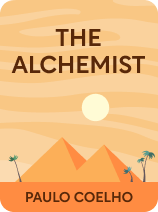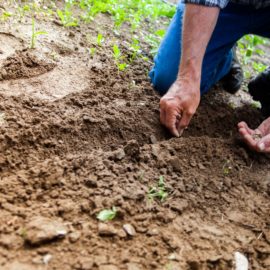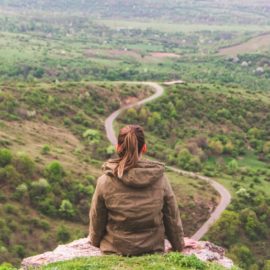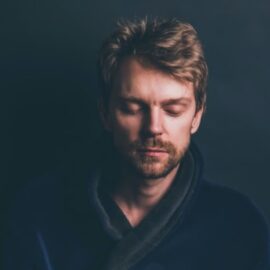

This article is an excerpt from the Shortform book guide to "The Alchemist" by Paulo Coelho. Shortform has the world's best summaries and analyses of books you should be reading.
Like this article? Sign up for a free trial here .
Do you want The Alchemist ending explained? What did the treasure symbolize? What did Santiago learn?
The end of The Alchemist is where Paulo Coelho drives home his lessons. He discusses the importance of following your dreams, finding love, and becoming one with the universe.
Here’s an overview of what happened in the story and an analysis of what it means.
The End of The Alchemist
Let’s take a look at The Alchemist’s ending, explained in simple language. In this final portion of the story, Coelho teaches us that we must be open to finding our destiny in unexpected places, and that it must be found before we can truly live the life we were meant to live.
When the alchemist leaves him, the boy continues alone on his path toward the pyramids, with the transformative power of alchemy as his strength. He has learned that not only can he speak with the wind and the sun, but those are parts of him—he is the wind and the sun and the desert and the stars. Everything is one, united by the universal soul and language of love.
| Everything Is One The concept that everything in the universe is one inseparable whole is a core principle in the Vedantic tradition of India (among other belief systems), which says that our perception of separateness is an illusion. And the most recent science in quantum physics agrees. At the subatomic level, science has shown that particles are “entangled” in such a way that they cannot be defined as distinct entities. While science would define the basis of that to be energy, psychologists have looked at how this knowledge affects human interactions. They have found that people who hold a belief in the oneness of everything tend to be more inclusive, more compassionate, and feel a stronger connection with other humans, animals, and nature. In other words, recognition that everything is one inseparable whole can lead to a feeling of greater love. |
After some more travel, as the boy reaches the top of a large dune, he sees in the distance the Egyptian pyramids. At that sight, he drops to his knees and begins to weep. Then he notices a scarab beetle next to him, which he knows is a sacred symbol to Egyptians, so he interprets this as a sign and begins to dig there for his treasure. (Shortform note: It is said that the scarab beetle represented renewal and rebirth in ancient Egyptian mythology. Whether this was intentional by Coelho or not, it seems appropriate considering the beetle appeared at the climactic moment, when the boy has faced near-death and finally arrived at the place where he’ll have the insight that will lead him to his life-changing treasure.)
But Santiago finds nothing. At that moment, some wanderers appear and attempt to rob him, but find that he has nothing. The boy then tells them about his recurrent dream that he’d find treasure near the Egyptian pyramids. One of the wanderers scoffs and tells him he also had a recurrent dream of a treasure buried in the ruins of a Spanish church, where a sycamore tree grows, but that he’s not foolish enough to go across the world looking for it. And it’s then that the boy realizes his treasure is really buried back where he began.
He sets off back through the desert, on the long trek back to Andalusia, to the same spot where he had the dream, at the church ruins, and he begins to dig. And there he finds a chest full of gold and precious gems. His treasure was there all along. But now he knows where his heart lies, and he takes the treasure and sets off again to return to Fatima, his true love who waits for him in the oasis.
In this final scene, Coelho reveals to us that in the search for our destiny, we must always remain open to finding it in the most unexpected places, even if it means crossing the world and back again.
| The End Is the Beginning The ending of The Alchemist mirrors Coelho’s own life experience, as described in a 2014 interview for the podcast “On Being” with Krista Tippett. In this conversation, Coelho describes his 1986 pilgrimage along the Camino de Santiago in Spain, something he had dreamed of accomplishing. When he neared the end of the road, he had an unexpected feeling of sadness that the journey was coming to an end. However, he then had a realization that the completion of this physical pilgrimage was actually the beginning of a spiritual pilgrimage, and ultimately a new life for him. And he decided then and there that he must follow his life’s calling and become a writer. So we see from Coelho’s narrative that Santiago was an expression of himself and his own life’s journey. |

———End of Preview———
Like what you just read? Read the rest of the world's best book summary and analysis of Paulo Coelho's "The Alchemist" at Shortform .
Here's what you'll find in our full The Alchemist summary :
- A guide to the infamous story by Paulo Coelho
- A breakdown of the symbolism and lessons found in the story
- A comparison of Coelho's ideas to other philosophical and spiritual traditions and beliefs






